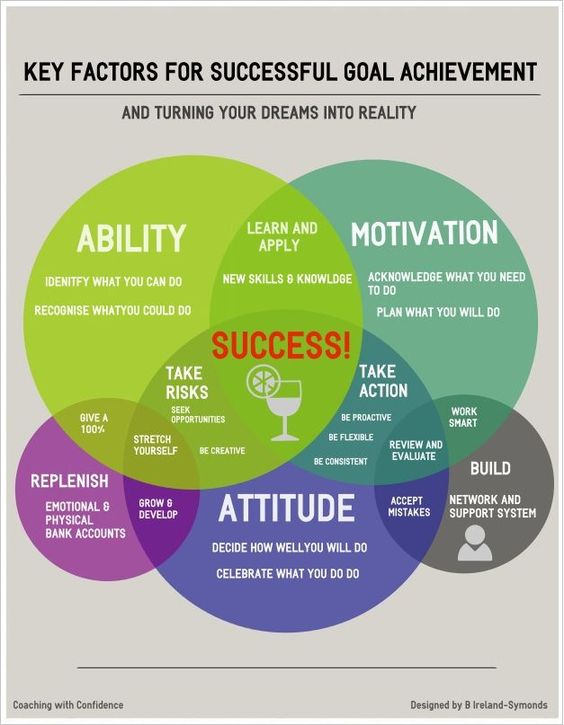Peter Polydor has built successful companies in eCommerce and web services, and spent the last several years working in venture capital, all before turning 30. He is the Director and Founder of ERGO Capital and the startup accelerator Ergo Accel. In 2014, he founded the Eureka Building, a massive startup and tech community designed to foster innovation and house entrepreneurs in Orange County, California. The site is home to over 30 companies, ranging from startup to large public company.
I have known Peter for a few years now, and I am always impressed with his calm demeanour amid the flurry of businesses he creates. Over a cup of coffee at his three-acre startup and tech community based in Irvine, I asked him a couple of questions, and he gave some insightful answers. We got so wrapped up in conversation, I forgot that we were supposed to be having a formal interview. I have decided to split up our discussions into three episodes.
Make a cup of your own Joe, and pretend that you are with us at the Euro Cafe.
Millennial Entrepreneur Peter Polydor Shares an analogy That Might Help You and Your Startup Team Reach Desired Goals:

Ryan Foland: You have created successful companies and are always on the search for startups to invest in and include in your new accelerator. What is the one of your top criteria when sizing them up?
Peter Polydor: Aligned interest, meaning that everyone they have working in the company is 100% committed to making the company a success, and understanding what their part is to get there. That means getting everyone on the same page.
Ryan Foland: How do you get everyone on the same page?
Peter Polydor: I believe the best way to do this is by being very clear as to defining what success looks like. Not what success looks like in ten years or five years from now, but what success looks like for next month, and the month after and the month after that, so that projections align with realistic goals.
Ryan Foland: So how should startups go about setting goals?
Peter Polydor: The trick is to put less time between yourself and a goal. If you have too much time in between the goal and end result, the person who’s meeting a goal becomes detached from it.
Ryan Foland: Not sure if it is the Canadian in you, but I always hear you coming up with fun analogies. Do you have a favorite analogy for goal setting?
Peter Polydor: Yeah. Have you ever swam across a river?
Ryan Foland: Sure.
Peter Polydor: So you understand how you’ve got the current going in one direction?
Ryan Foland: Totally.
Peter Polydor: Let’s say you’re trying to get to the other side of the river. There’s two ways to do it — one, keep your head out of the water and focus on heading to a tree on the other side, while paddling as hard as you can.
Ryan Foland: That sounds like my style.
Peter Polydor: But if you do this, you get tired quickly and you’re not as fast swimming with your head out of the water. The current will take its toll, and you get swept down the river. You might make it to the other side, but not to the tree where you were aiming.
Ryan Foland: Interesting.
Peter Polydor: If the tree is the goal or destination, you are better off swimming in the direction of the tree, putting your head down and swimming as hard as you can. Then, every once in awhile, you should pop your head and find the tree, making any adjustments in your path to make sure that you’re headed in the right direction. Then put your head down and keep swimming. Do this, and you’re a lot more likely to get to the other side of the river where you want to end up.
Ryan Foland: So in this case, taking your eyes off of the prize and focusing on swimming instead, which would correspond to daily actions in real life, can actually help you to get to the goal faster?
Peter Polydor: Exactly. Let’s take it one step further. Some entrepreneurs are one person operations in their early stages, and they are only responsible for getting themselves across the river. But once you have a team that you are managing, you have to help everyone learn how to swim across the river. Without the right direction, they might make it across, but might end up way down the river because it is easier for them to go with the current to get across. But if you tell your team that the collective goal is to get across the river and meet up at a particular tree, they’ll be able to walk up river before they start, so that the current actually helps them to land at the destination together. As a leader, I look for people who are very clear with their personal and team goals. They need to know what tree they are going to get to on the other side of the river. The more clearly you can convince me of this, the better.





